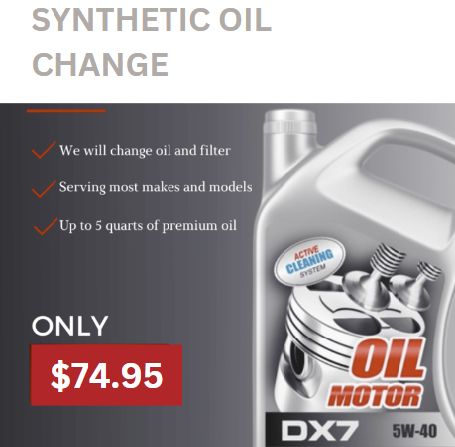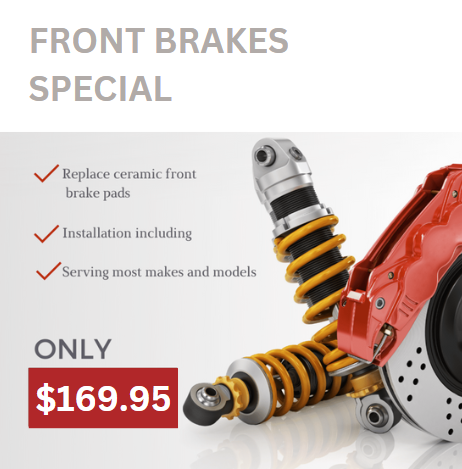Brake Pad Replacement: A Comprehensive Guide by Dr Brakes
As a responsible vehicle owner, ensuring your brakes are working efficiently is crucial. The brake pads are one of the most critical components of your braking system. Brake pads are essential in bringing your car to a stop by creating friction with the rotor. Therefore, it’s vital to understand when it’s time for brake pad replacement and how to recognize worn-out brake pads. In this comprehensive guide by Dr Brakes, we will dive into everything you need to know about brake pads.
From understanding their function and importance in a vehicle, recognizing signs of wear and tear, knowing when to replace them, all the way through the entire process of replacing them yourself or with professional help. We’ll also discuss the consequences of not replacing worn-out brake pads and why staying on top of this crucial maintenance task is essential.
Understanding Brake Pads
Brake pads play a crucial role in the overall performance of the brake system. Creating friction against the brake rotors effectively slows down or brings the vehicle to a complete stop. To ensure optimal performance, it is essential to maintain and inspect the brake pads regularly. Different brake pads are available, including ceramic, semi-metallic, and organic, with the choice depending on factors such as driving conditions and personal preference. By understanding the significance of brake pads, drivers can make informed decisions regarding their vehicle’s braking system.
Function and importance of brake pads in a vehicle
Functioning as a critical component of the brake system, brake pads play a vital role in converting the vehicle’s kinetic energy into heat energy, ultimately slowing down or stopping the vehicle. By ensuring safe and effective braking, properly functioning brake pads contribute significantly to driver and passenger safety. Maintaining optimal braking performance necessitates regular inspection and replacement of brake pads, which helps prevent accidents and expensive repairs while preserving the braking system’s overall integrity.

Types of Brake Pads
There are several types of brake pads available, each with its own set of advantages and disadvantages:
- Semi-Metallic Brake Pads: These are the most common type known for their durability and performance. They are composed of a mixture of metals and provide excellent stopping power. However, they can be noisy and produce more dust than other types.
- Ceramic Brake Pads: Ceramic brake pads are quieter and produce less dust than semi-metallic pads. They also offer good performance and are less abrasive to the rotors. However, they tend to be more expensive.
- Organic Brake Pads: Made from organic materials like rubber, glass, and resin, these pads are quieter and produce minimal dust. They are often used in smaller vehicles and are less durable than semi-metallic or ceramic pads.
- Low-Metallic NAO (Non-Asbestos Organic) Brake Pads: These pads are middle-ground, offering decent performance without the excessive noise and dust associated with some other types.
Signs That It’s Time for Brake Pad Replacement
Knowing when to replace your brake pads is critical for your safety on the road. Failing to replace worn-out brake pads can result in costly repairs down the line, not to mention compromised safety. Here are some signs that your brake pads may need replacing:
1. Squeaking or Squealing Noises – One of the most common indicators that your brake pads are worn is squeaking or squealing noises when you apply the brakes. This high-pitched sound is often caused by a metal wear indicator on the brake pad, which is designed to produce noise when the pad material becomes too thin.
2. Reduced Brake Performance – If your vehicle takes longer to come to a complete stop or the brake pedal feels soft and less responsive, it’s a clear sign that your brake pads have worn down and lost their effectiveness.
3. Dashboard Indicator Light – Modern vehicles come equipped with a dashboard indicator light that illuminates when there’s an issue with the brake system. If this light comes on, it’s crucial to have your brakes inspected promptly.
4. Visual Inspection – You can visually inspect your brake pads by peering through the spokes of your wheel. If the brake pad material appears to be less than a quarter of an inch thick, it’s time to replace it.
5. Mileage and Maintenance Schedules – Manufacturers provide recommended maintenance schedules for your vehicle, including brake pad replacement intervals. These intervals can vary depending on your driving habits and the type of brakes (disc or drum) your vehicle has.
Brake Pad Replacement Cost Factors
The cost of brake pad replacement can vary widely depending on several factors:
- Type of Brake Pads: Ceramic brake pads are generally more expensive than semi-metallic ones.
- Vehicle Make and Model: Some vehicles have more complex brake systems that require additional labor, which can increase the cost.
- Location: Labor rates for brake pad replacement can differ significantly from one region to another. Urban areas and specialized service centers may charge more.
- Warranty: Some brake pads have warranties that can affect the overall cost.
- Additional Repairs: If other brake components, such as the rotors or calipers, are damaged or worn, the replacement cost will be higher.
- DIY vs. Professional: If you choose to replace the brake pads yourself, you’ll save on labor costs but may need to invest in tools.
To get an accurate estimate for brake pad replacement for your specific vehicle, it’s best to consult a local service center or mechanic. They can provide you with a detailed quote that considers all relevant factors.
Maintaining Your Brake System
Replacing your brake pads is just one aspect of brake system maintenance. To ensure your brakes continue to perform optimally and extend their lifespan, consider these additional maintenance tips:
1. Regularly Check Brake Fluid – Brake fluid is essential for adequately operating your brake system. Ensure the brake fluid level is within the recommended range and replace it according to your vehicle’s maintenance schedule. Brake fluid absorbs moisture over time, which can lead to reduced braking performance.
2. Follow Manufacturer Recommendations – Consult your vehicle’s manual for manufacturer recommendations on brake service intervals and maintenance schedules. These guidelines are designed to keep your brakes in top condition.
3. Address Dashboard Warning Lights – If your vehicle’s dashboard warning light illuminates, don’t ignore it. It’s a signal that there may be an issue with your brake system. Promptly have it inspected by a qualified mechanic.
4. Regularly Inspect Your Brakes – Perform visual inspections of your brake pads and rotors periodically. Look for signs of wear and damage. Catching issues early can prevent more costly repairs down the line.
5. Choose Quality Brake Components – Opt for high-quality parts when it’s time to replace brake components. Quality brake pads, rotors, and calipers can enhance the performance and longevity of your braking system.

Your vehicle’s brake system is a critical safety component; maintaining it should be a top priority. Brake pad replacement is a routine maintenance task that ensures your brakes continue to function effectively. Whether you choose to tackle this task yourself or seek the expertise of a professional mechanic, it’s essential to be proactive about brake maintenance.
Ignoring signs of brake pad wear can lead to costly repairs and compromise your safety on the road. Regular inspections, adherence to manufacturer recommendations, and a commitment to quality brake components can help you enjoy safe and reliable braking performance for a long time.
Remember, brakes are not an area where you want to cut corners. Your safety and the safety of those on the road with you depend on a well-maintained brake system. So, stay informed and proactive, and keep your brakes in top-notch condition.



